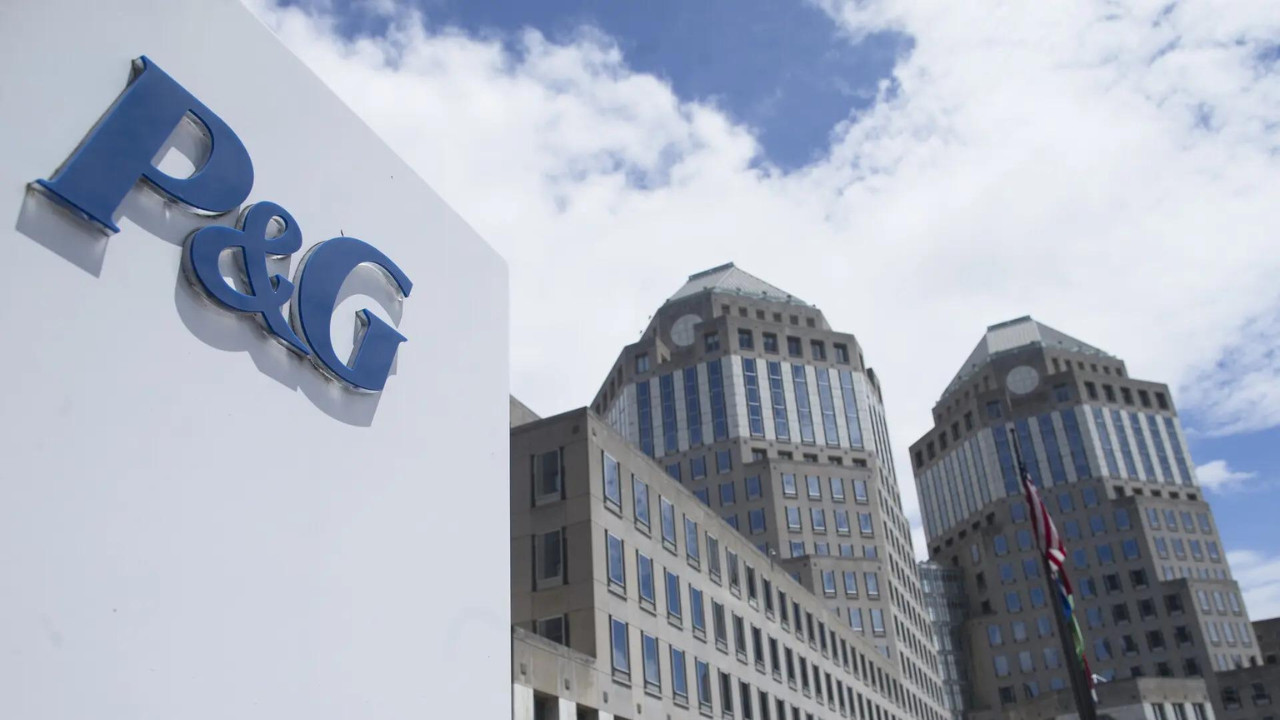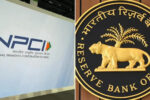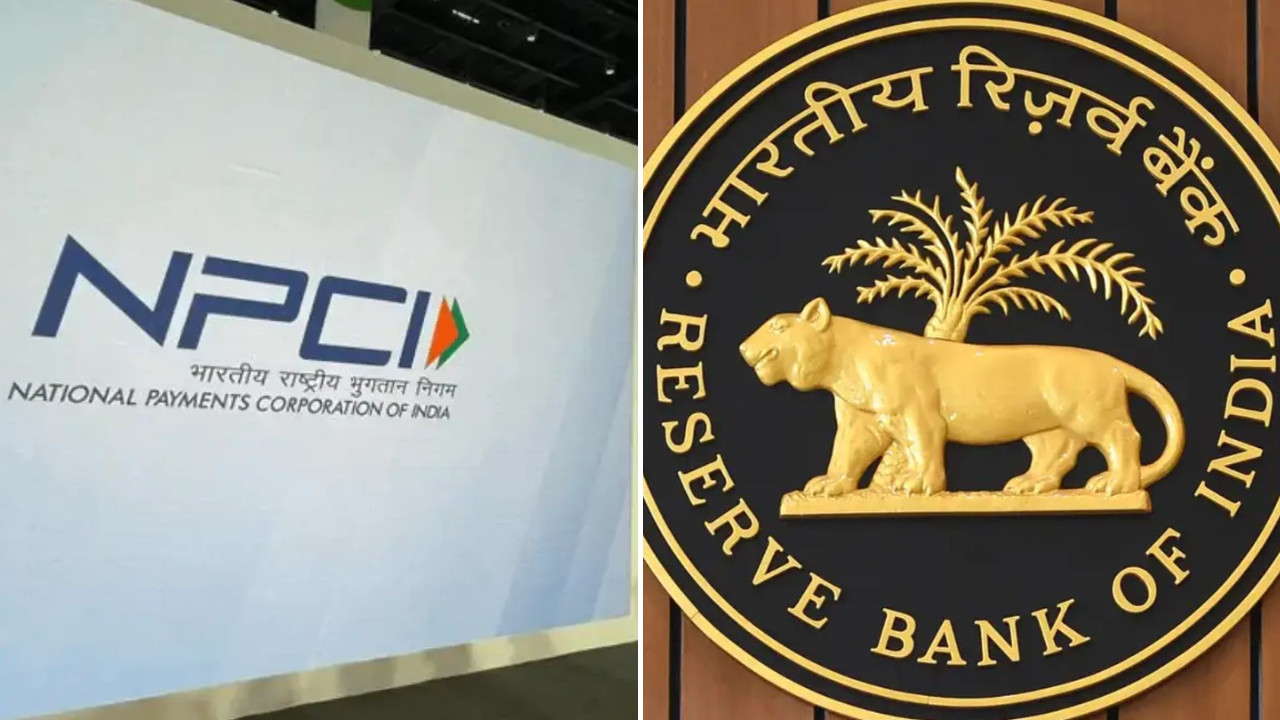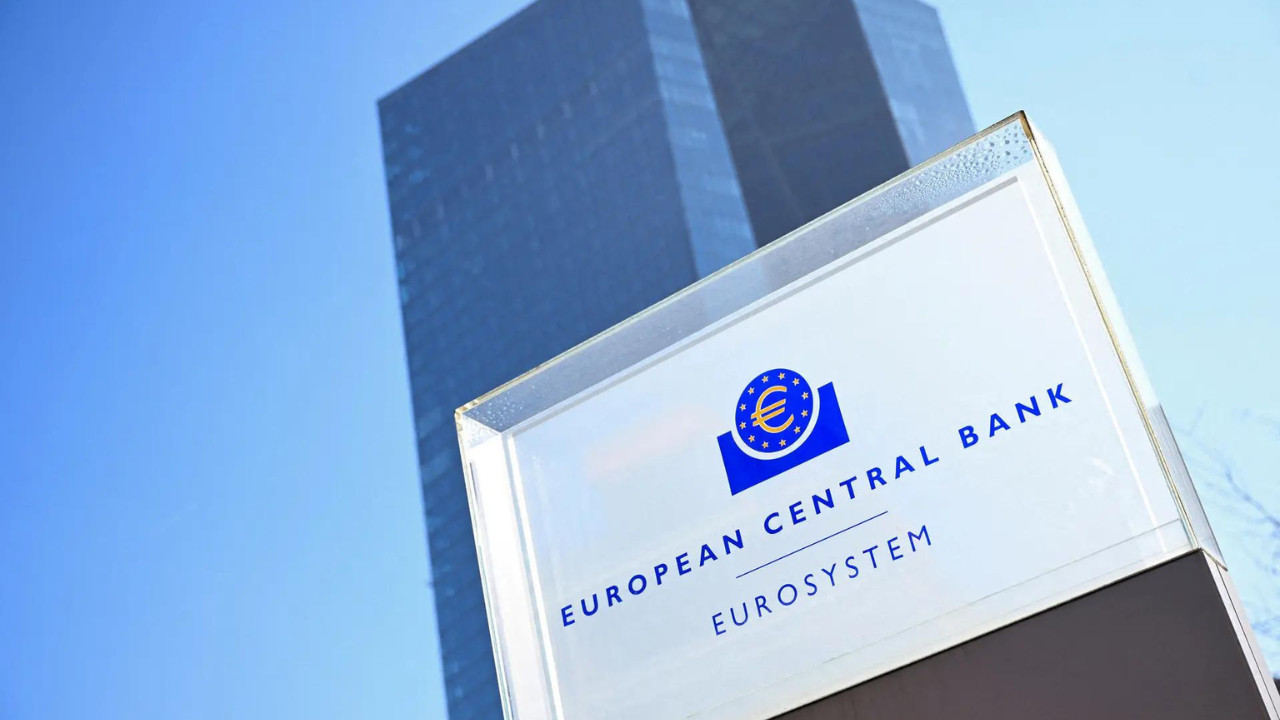P&G India: Riding the Waves of a Changing Market
Okay, let’s talk toothpaste, diapers, and detergent. You know, the everyday stuff that actually runs our lives. Because behind those supermarket shelves, a company like Procter & Gamble (P&G) India is working overtime, navigating the twists and turns of the Indian economy.
The recent buzz? P&G India is feeling… cautiously optimistic. Now, that phrase might not set your pulse racing, but in the world of big business, it’s a significant tremor. It suggests they’ve weathered some storms and are spotting sunshine on the horizon. But they’re smart enough not to throw caution to the wind just yet.
Let’s unpack this. India’s economic landscape has been a bit of a rollercoaster lately. We’ve seen soaring inflation (ouch, our wallets feel that!), supply chain disruptions that make finding your favorite shampoo feel like a treasure hunt, and global uncertainties that cast a long shadow. These things directly impact companies like P&G. They need raw materials, they need to manufacture and distribute goods, and most importantly, they need people to buy those goods.
So, what’s giving them reason to smile tentatively? Well, P&G India seems to be benefiting from a couple of key trends. First, there’s the enduring power of the Indian consumer. Despite the economic headwinds, people are still buying essential goods. And more than ever, they’re reaching for brands they trust. This is where P&G’s portfolio of household names like Ariel, Tide, Pampers, and Oral-B comes in. Brand loyalty, built over decades, provides a solid foundation, even when the ground is shaky.
Secondly, and perhaps more interestingly, P&G seems to be tapping into the burgeoning Indian middle class, who are increasingly willing to spend a little more for quality and convenience. Think about it: a busy working mother might be more inclined to reach for a premium diaper promising better absorption and fewer leaks, even if it costs a bit more. Or, a young professional might prefer a toothpaste with added whitening power, even if a cheaper alternative is available.
P&G is also playing the localization game smartly. They understand that India isn’t a monolithic market. What works in Mumbai might not resonate in Madurai. They’re tailoring their products and marketing strategies to specific regional preferences. It’s about understanding local needs, nuances, and cultural sensitivities. It’s not just about selling a product; it’s about offering a solution that fits seamlessly into people’s lives.
But it’s not all sunshine and rainbows, right? The article subtly hints at the persistent challenges. Inflation remains a major concern. If the prices of raw materials continue to climb, P&G will eventually have to pass those costs onto the consumer. And that could impact demand, especially among price-sensitive segments.
Furthermore, competition is fierce. The Indian market is a battleground for both established multinational corporations and nimble local players. These local companies often have a better understanding of the ground realities and can offer products at significantly lower prices. P&G needs to stay agile and innovative to maintain its competitive edge.
Innovation is key. It’s not just about launching new products; it’s about reimagining existing ones to better meet evolving consumer needs. This could involve incorporating natural ingredients, reducing packaging waste, or offering more sustainable options. P&G has been talking about sustainability for a while, but the pressure to walk the walk is only increasing. Consumers are becoming more environmentally conscious and are demanding that companies take responsibility for their impact.
The article also subtly points to the importance of digital transformation. In today’s world, connecting with consumers online is no longer a luxury; it’s a necessity. P&G needs to leverage digital channels to reach new customers, build brand awareness, and gather valuable insights into consumer behavior. Social media, e-commerce, and data analytics are all crucial tools in their arsenal.
So, what’s the takeaway? P&G India’s cautiously optimistic outlook reflects the complex realities of the Indian market. They’re facing challenges, but they’re also seeing opportunities. Their success will depend on their ability to navigate these complexities, adapt to changing consumer preferences, and continue to innovate. They’re playing a long game, and their journey will be fascinating to watch. It’s not just about selling soap and shampoo; it’s about understanding India and its people. And that’s a challenge worth tackling.
📬 Stay informed — follow us for more insightful updates!







